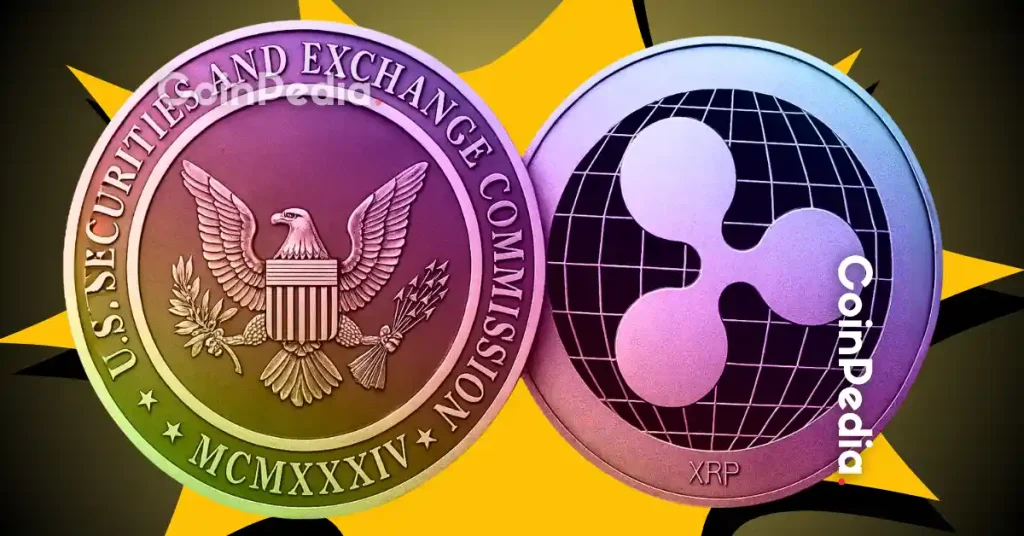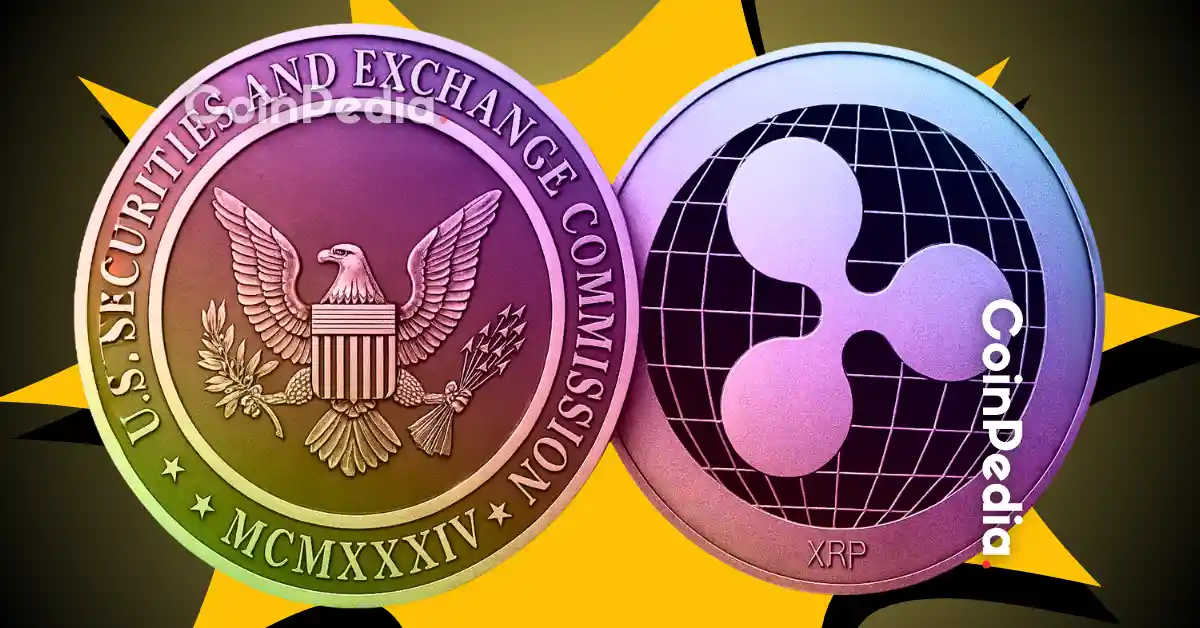
The Ripple vs. SEC Legal Battle: A Pivotal Moment for Cryptocurrency Regulation
Introduction: A Battle with Far-Reaching Implications
The legal confrontation between Ripple Labs and the U.S. Securities and Exchange Commission (SEC) has transcended the boundaries of a mere courtroom drama. It has become a defining moment in the cryptocurrency industry, a clash that could shape the regulatory landscape for digital assets for years to come. The case, which began in December 2020, has been a rollercoaster of legal maneuvers, strategic defenses, and market reactions, leaving the crypto community in a state of perpetual anticipation.
A Timeline of Legal Turmoil and Market Impact
The Initial Shockwave
The SEC’s lawsuit against Ripple Labs, filed on December 22, 2020, sent shockwaves through the cryptocurrency market. The agency alleged that Ripple’s sale of XRP constituted an unregistered securities offering, seeking to recover over $1.3 billion in alleged ill-gotten gains. The lawsuit targeted not only Ripple but also its co-founder Christian Larsen and its current CEO, Brad Garlinghouse, accusing them of personal enrichment through the sale of XRP.
The immediate impact was severe. XRP’s price plummeted by over 60% in the days following the lawsuit, and several major cryptocurrency exchanges, including Coinbase and Binance, delisted the token to avoid potential legal repercussions. The uncertainty surrounding XRP’s future cast a shadow over Ripple’s business operations, which heavily rely on the digital asset for its cross-border payment solutions.
Ripple’s Defense and Market Resilience
Ripple, however, was not willing to concede. The company’s defense strategy hinged on a fundamental argument: XRP is not a security but a currency, designed to facilitate cross-border transactions and provide liquidity in the global payments ecosystem. Ripple contended that the SEC’s broad interpretation of securities laws was an overreach, threatening to stifle innovation in the digital asset space.
The legal battle that ensued was marked by intense discovery battles, expert testimonies, and a series of court filings that kept the crypto community on the edge of their seats. Key rulings emerged, including a partial victory for Ripple in July 2023, when Judge Analisa Torres of the U.S. District Court for the Southern District of New York ruled that XRP, when sold to retail investors on exchanges, was not a security. This decision was a significant blow to the SEC’s case and sent XRP’s price soaring, offering a glimmer of hope to Ripple and its supporters.
The “Almost Over” Illusion: A Case Far from Closed
The Announcement and Its Aftermath
In recent months, reports have surfaced suggesting that Ripple and the SEC are nearing the end of their legal battle. The case appeared to be on the verge of resolution when Ripple announced its decision to withdraw its cross-appeal against the SEC. This move was widely interpreted as a sign that the parties were close to reaching a settlement, and news outlets quickly declared the case “over.”
However, the situation is far more nuanced. The SEC has yet to officially close the case, leaving the XRP community in a state of frustration and confusion. The lack of a formal resolution has fueled speculation and uncertainty, with some investors and analysts questioning why the case is still lingering despite the apparent progress.
The Rumor Mill and Clarifications
Adding to the complexity, rumors circulated about Ripple paying the settlement fine in XRP tokens. This speculation was quickly addressed by Marc Fagel, a former SEC lawyer, who clarified that Ripple had already paid the $125 million fine in cash. While this clarification addressed one point of confusion, it did little to resolve the overarching question: why is the case still lingering?
Behind the Scenes: The SEC’s Internal Procedures
The Bureaucratic Maze
The delay in officially closing the case appears to stem from the SEC’s internal procedures rather than ongoing settlement talks. Fagel explained that the process involves memo drafting, division reviews, and vote scheduling within the SEC, which can take time. The SEC’s internal processes, while necessary for due diligence, contribute to the prolonged resolution and the XRP community’s impatience.
The SEC’s structure necessitates multiple layers of review and approval before a case can be officially closed. These steps, though bureaucratic, are intended to ensure that the decision is well-considered and aligned with the agency’s broader objectives. However, for the XRP community, the delay is a source of frustration, as they eagerly await a final resolution that will provide clarity and certainty.
Lingering Questions and Unanswered Concerns
The SEC’s Next Moves
The most pressing question surrounding the Ripple vs. SEC case is what the SEC intends to do next. Will the agency drop its remaining claims against Ripple executives, or will it attempt to appeal the portions of Judge Torres’s ruling that went against them? The SEC’s silence on these matters keeps the XRP community on edge, as any further legal action could prolong the uncertainty surrounding XRP.
XRP’s Regulatory Status
The legal battle has created significant uncertainty about XRP’s regulatory status. While Judge Torres’s ruling provided some clarity, it did not definitively classify XRP as a currency or a security. This ambiguity can hinder institutional adoption and limit XRP’s potential, as investors and financial institutions remain cautious about the legal risks associated with the digital asset.
The Broader Impact on the Crypto Industry
The Ripple case has broader implications for the entire crypto industry. The outcome could influence how other digital assets are classified and regulated, shaping the future of crypto innovation and adoption. A clear and consistent regulatory framework is essential for fostering growth and attracting investment in the crypto space. The Ripple vs. SEC case serves as a test case for how regulators and the crypto industry can navigate the complexities of digital asset regulation.
The Path Forward: Potential Scenarios
Formal Dismissal
The most optimistic scenario for the XRP community is a formal dismissal of the case by the SEC. This would remove the legal overhang and pave the way for spot XRP ETFs, institutional partnerships, and wider adoption of XRP. A formal dismissal would also provide much-needed clarity for the crypto industry, signaling that digital assets can coexist with regulatory oversight without stifling innovation.
Continued Litigation
However, the SEC could choose to pursue its claims against Ripple executives or appeal Judge Torres’s ruling. This would prolong the legal battle and maintain uncertainty surrounding XRP. Continued litigation would likely result in further market volatility, as investors react to the ongoing legal risks and the potential for additional regulatory action.
Final Settlement
Another potential scenario is that Ripple and the SEC could reach a final settlement agreement that resolves all outstanding issues. A settlement would provide clarity and certainty for both parties and the XRP community, allowing Ripple to move forward with its business operations and XRP to regain its footing in the cryptocurrency market.
The Elusive Finish Line: A Marathon, Not a Sprint
The Ripple vs. SEC case is a marathon, not a sprint. Even though the finish line appears to be in sight, the journey has been long and arduous. The delays and uncertainties surrounding the case have tested the patience of the XRP community, but they have also demonstrated the resilience and determination of Ripple and its supporters.
The case has highlighted the need for clear and consistent regulatory frameworks that foster innovation while protecting investors. As the crypto industry continues to evolve, the outcome of the Ripple vs. SEC case will serve as a critical precedent, shaping the future of digital asset regulation and the broader crypto ecosystem.
Waiting for Clarity in a World of Crypto Complexity
The Ripple vs. SEC saga serves as a stark reminder of the regulatory complexities facing the crypto industry. It underscores the importance of clear and consistent rules that foster innovation while protecting investors. As the case nears its conclusion, the crypto community eagerly awaits a final resolution that will provide clarity, certainty, and a path forward for XRP and the broader digital asset ecosystem.
The outcome of this legal battle will not only determine the fate of Ripple and XRP but also set a precedent for how regulators and the crypto industry navigate the complexities of digital asset regulation. The world is watching, and the echoes of this legal battle will continue to resonate long after the final gavel falls.





